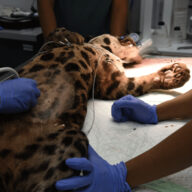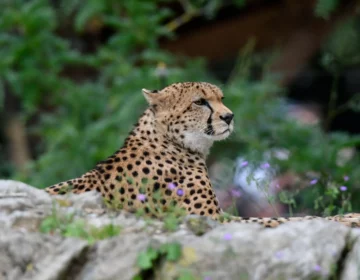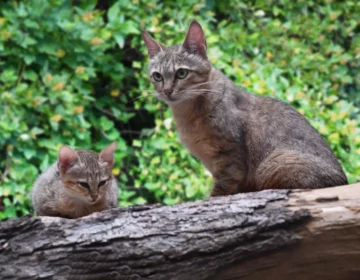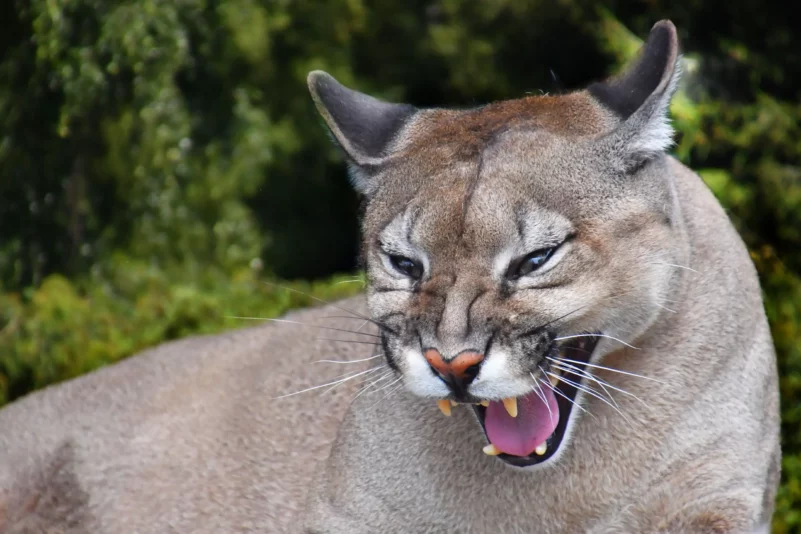
Puma
Puma concolor
Puma
There are two subspecies of puma:
- Puma concolor concolor in South America
- Puma concolor puma in North and Central America
APPEARANCE
The puma has a rounded head, small rounded ears with a black-colored back, a slender body, long legs, and large paws. It has proportionally the longest hind legs among cats. The puma’s coat is smooth and ranges in color from silvery grey, fawn, reddish to dark brown. Only young pumas may have patterns such as stripes or spots. Melanism is common in these cats. The puma’s tail is long with a black tip, and the chin, throat, and belly are white. Males weigh 40-60% more than females and can reach a weight of over 100 kg.
INTERESTING FACT
Pumas living in southern Chile and Canada weigh twice as much as pumas found in the tropics, where they must compete with jaguars that are larger than themselves.
DISTRIBUTION AND HABITAT
The puma has the largest geographic range of any native land mammal in the Western Hemisphere. It is found from British Columbia in Canada and the USA through Central and South America to the southern tip of Chile.
The cougar prefers complex habitats, including rocky, steep mountain ecosystems and diverse forests with undergrowth, but also occupies open habitats with minimal vegetation cover, such as the grasslands of Patagonia.
BEHAVIOUR
The puma cannot roar but can make a variety of sounds including chirps, hisses, growls, and whistles. Pumas are solitary, displaying activity at night – most at dusk and dawn. The puma hunts on the ground, but he is a good climber. It hunts by tracking and attacking prey at close range. While hunting may travel long distances.
FOOD
Pumas prey on insects, birds, mice, porcupines, capybaras, pardas, deer, sheep, and elk. In North America, pumas feed mainly on ungulates such as deer and elk, but also on smaller animals such as wild boar, raccoons, beavers, and armadillos.
MAIN THREATS
The main threats to pumas are habitat loss, fragmentation, and persecution by humans.
